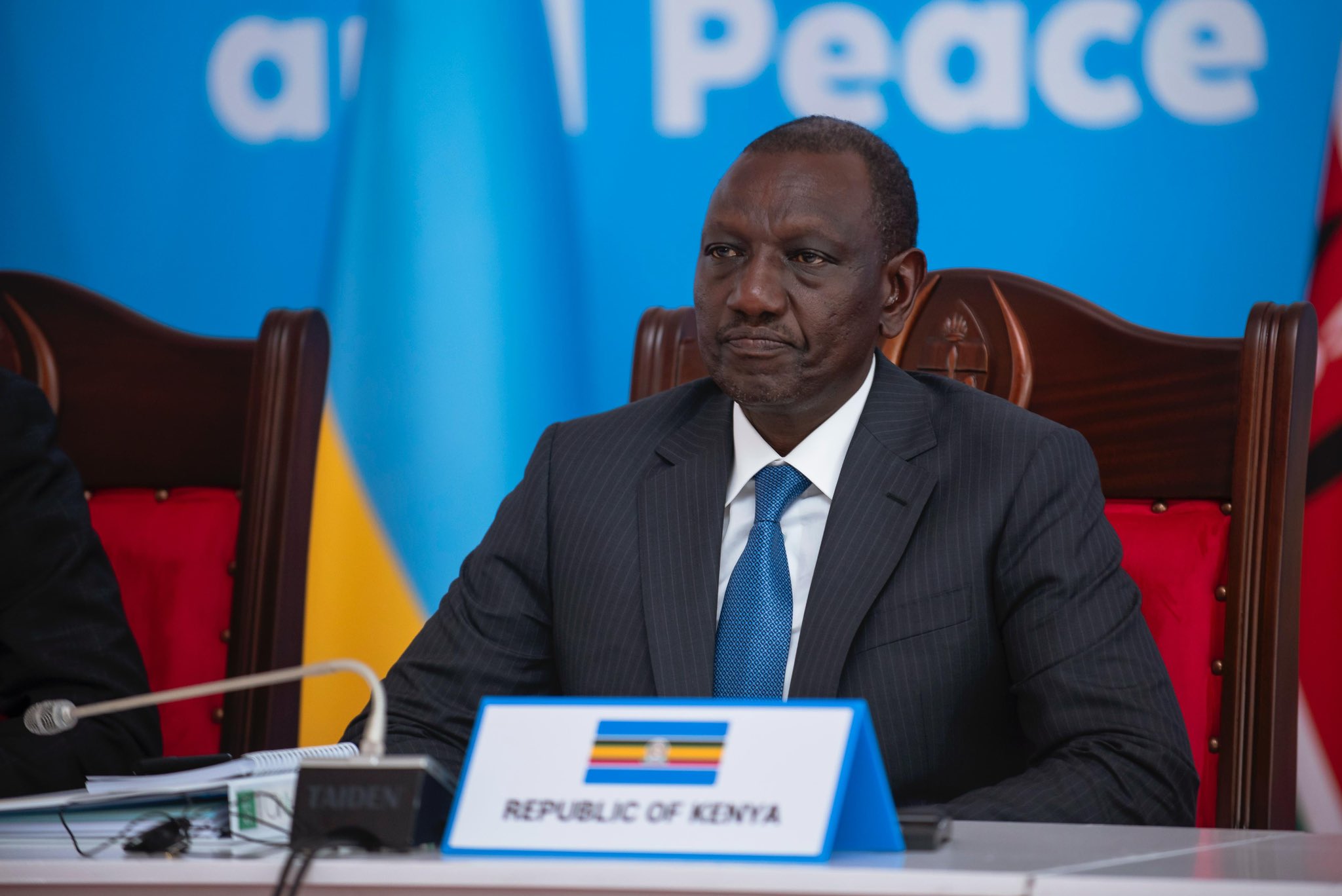How Kenya, the EAC giant is fed by smaller Uganda

The Kenya-Uganda cross border trade has for decades grabbed headlines for all the wrong reasons, largely illicit trade.
In the process these headlines have completely over-shadowed the food lifeline Uganda has provided to Kenya over the decades.
Huge trailers, lorries, pick-ups and bicycles shuttle day and night from various food-basket regions to buying points in the Ugandan side of the border to feed Kenyans.
The cargoes, destined for the local markets come from Buganda, Butoro, Busoga, Mbale and other districts endowed with naturally rich agricultural soils compared to many parts of Kenya.
According to the Uganda Eastern Region agricultural officer Gregory Mbagazi, Ugandans shuttle hundreds of thousands of tonnes of cereals including maize, rice, millet, sorghum, simsim, beans, groundnuts and monkeynuts.
“Kenya is our biggest importer of agricultural produce. Owing to favourable weather in Uganda, we have two harvests yearly. Coupled with a smaller population than our neighbour we always have surplus for export,” said Mbagazi.
Love for matoke
He said that unlike Kenya, Ugandans’ staples food are Bananas, locally known as ‘matoke’ and sweet potatoes, but their farmers, either individually or in cooperatives, produce the cereals with an eye on the Kenyan market.
The agricultural officer said Kenya also has an eye for pineapples, oranges, all types of bananas, lemons, tomatoes, onions, water lemons among many others which are scarce locally.
“Our lands are naturally fertile having suffered minimal erosion. Therefore, our farmers after ploughing, harrowing and planting their crops weed only once and because of the high fertility crowned with heavy reliable rains – the produce grows very fast ready for harvesting in three or so months,” said Mbagazi.
He said that unlike their Kenyan counterparts who heavily rely on fertiliser for planting and top dressing their cereals, Ugandans depend on natural methods to grow their food.
The highly fertile lands, said Mbagazi, are an extension of the same soils that mothered the huge expanse Congo forest in the Democratic Republic of Congo (DRC) on Uganda’s western border but have largely remained virgin because of the many years of political and economic instability.
He said an acre of maize in many parts of Uganda produces between 250 and 400 90-kilogramme bags of the cereal which after drying is packed and trucked off to feed the ever hungry Kenyan markets – yet their prices are much more cheaper and quality much more higher than what is produced locally.
The Busia Uganda Chamber of Commerce Secretary General Patrick Oteba said: “Many Kenyans come to buy these agricultural produce from us at fairly cheap prices of between Sh1,500 and Sh2,500 depending on the prevailing market supply and demand forces. They sell the same at a much higher price once on the Kenyan side.”
Maize milling
Oteba said that many Uganda entrepreneurs have gone a step further and are milling maize to finer levels compared to Kenyan millers. Whereas, a 2 kg packet of maize flour from Kenya is sold at Sh120, fine unga from Uganda goes for as little as Sh60 and is popular in western and Nyanza regions.
“What many people do not know is that at in all these border towns, Busia, Malaba all the way to Lwakhakha and beyond, the most favourable and powerful currency in squaring virtually every transaction between Kenyan buyers and Ugandan sellers – it is through the Kenya shilling because it has higher market value compared to the Uganda one,” said Oteba.
The official said that Ugandan farmers are organised in various cooperative societies scattered in virtually every administrative district.
He could also not immediately say how much tonnes of maize alone that country produces annually, but insisted most of it was destined for Kenyan markets since Ugandans are mostly Banana consumers.
Huge quantities of these produce are transported to Busia, Malaba, Lwakhakha and many others where they are offloaded and stored, waiting for the Kenyan dealers to purchase it and ferry it across the border at vantage points where Kenyan trucks take over for onward transit.
The produce is transported by bicycles, motorbikes and handcarts with bicycle riders balancing more than 120 kg bags to deposit at collection or storage points in Kenyan towns – some of it ends up forming huge piles around bus parks where they are loaded for onward transit.
Huge empty spaces in the towns are transformed into white or brown oceans of cereals spread on canvas tarpaulins to dry and clean before it is packaged into 90 kg bags for onward transit – those from the localities transport their 90-kg bags towering over them, braving all weather conditions and riding many kilometres into the country’s interior to reach their market destinations.
“Consumers of these produce from Uganda are not just confined in Busia, but also neighbouring Bungoma, Kakamega, Vihiga, all the way to Kisumu and Eldoret,” said Busia County Kenya National Chamber of Commerce Secretary Desterio Abungu.
Abungu said that many Kenyans living along the border, highly depend on food from Uganda because it is cheaper compared to locally produced foods.
“Produce prices are higher than those from Uganda. Many Kenyans in border towns cross to Uganda for their favourite drink which includes Tusker, Pilsner, and White Cap which retail at Sh100 or less compared to Sh200 locally.”
Over-exploitation
A Busia County agricultural official, who requested not to be named because he is not cleared to speak to the press, said huge tracts of land have over the years been over exploited to competitively churn out produce like Uganda.
“It is because of this that our farmers heavily depend on commercial fertiliser to grow crops but the yields per acre are still lower compared to Uganda. An average acre in Busia or Bungoma produces less than 100 bags of maize depending on the rains. It has to be weeded at least two to three times before it matures,” he said.
Compounded by high transport charges, therefore, the cost of production of agricultural produce in Kenya is very high.















